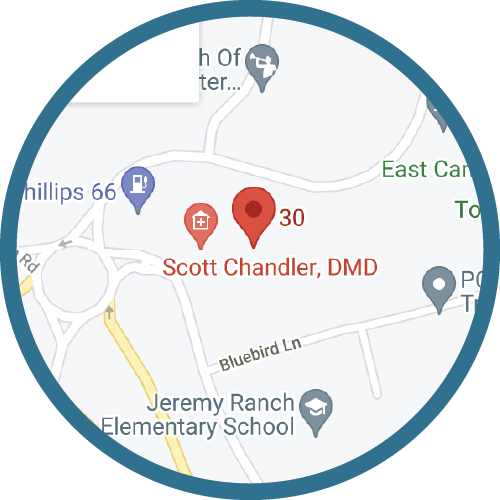Low Vision
Low vision is any type of vision impairment that makes it difficult to perform normal tasks such as reading, driving, cooking, watching television, recognizing faces or shopping. If eyeglasses, medicine or surgery do not improve vision, it becomes necessary to adapt to low vision in Park City and find ways to maintain as much independence as possible.
Symptoms of Low Vision
If you have low vision, you may experience:
- Central vision disturbance
- Peripheral vision disturbance
- Difficulty with color perception
- Difficulty with depth perception
- Blurry, hazy, wavy or distorted vision
- Inability to see in dim lighting environments
Risk Factors for Low Vision
While anyone can experience low vision, it is more common in older people. Eye trauma, stroke and brain injury can lead to low vision. Certain eye diseases can also increase your risk for low vision:
- Macular degeneration
- Glaucoma
- Diabetic retinopathy
- Retinitis pigmentosa
Treatment for Low Vision
If your low vision is caused by an eye disease, there may be treatments to restore some of your eyesight. However, it is possible that you will need to begin a vision rehabilitation program to learn new strategies on how to live your life. Accept the support of your doctors, family and friends to help you through this adjustment period. Be patient: it will take time to get used to these new techniques. It may require a full team of experts to help you along this journey:
ophthalmologist, low vision specialist, occupational therapist, rehabilitation teacher, orientation and mobility specialist, social worker or counselor.
Optical Low Vision Aids
Our doctors at Mountain Valley Eye Institute can help you determine which type of optical low vision aid would best suit your needs.
- Handheld magnifiers: available in varying strengths and may have a built-in light
- Magnifying glasses: strong vision aids to help you perform detail-oriented tasks such as reading or needlework hands-free
- Stand magnifiers: useful for people with arthritis or tremors because they do not have to be held
- Telescopes: used for seeing faraway objects or signs; they can be hand-held like a pair of regular binoculars or mounted on a pair of glasses
- Video magnifiers: adjustable, electronic devices that use a camera and video display unit (large or small) to enlarge printed material, pictures or small objects
More Low Vision Resources
There are many products on the market that can help with low vision.
- Printed materials in large print (books, playing cards, checks, etc.)
- Technical items with large print (telephones, thermostats, watches, remote controls, etc.)
- Technical items with sound capabilities (watches, timers, books, blood pressure/blood sugar machines)
- Magnifying or talking computers
- Strong light bulbs and handheld bright lights to illuminate your home and your daily tasks
- Wrap-around sunglasses and hats with wide brims to filter out glare from indoor or outdoor lights
Don’t Be Afraid to Ask for Help
There are many vision rehabilitation resources available. Our team would be happy to help you identify local resources to help you along this journey. If you are experiencing any type of vision loss in Park City, please contact us to schedule an eye exam today.

